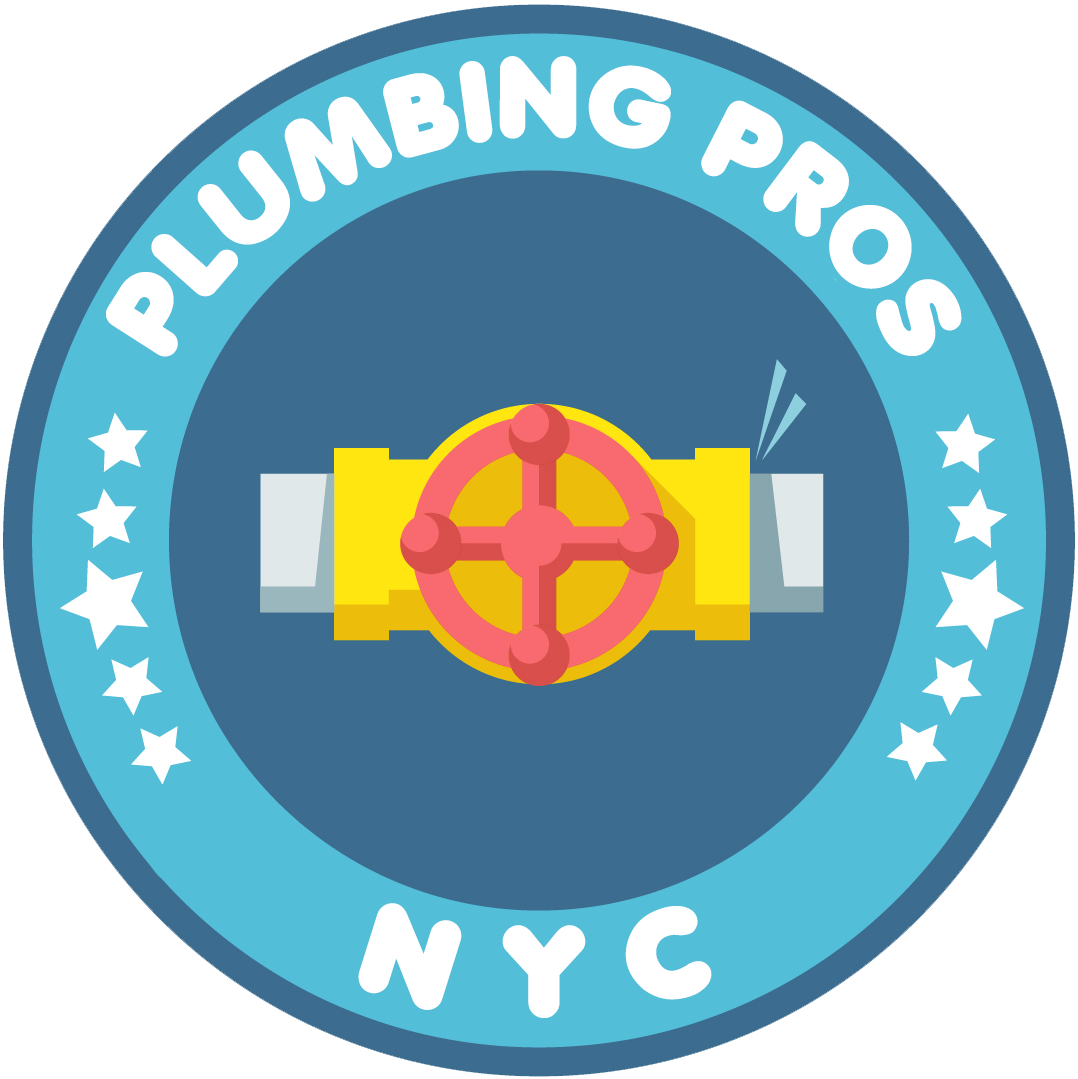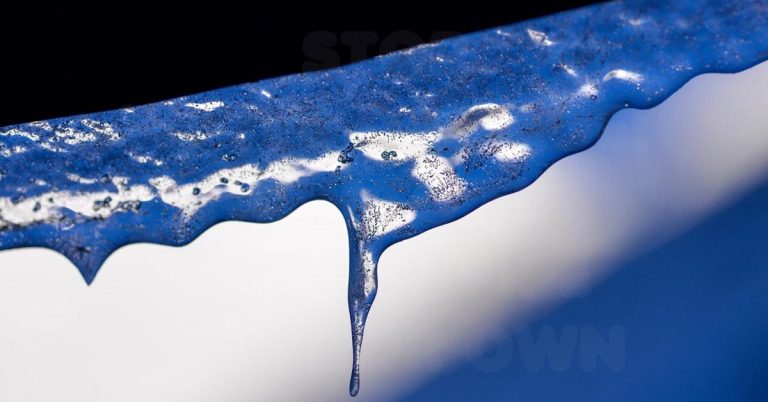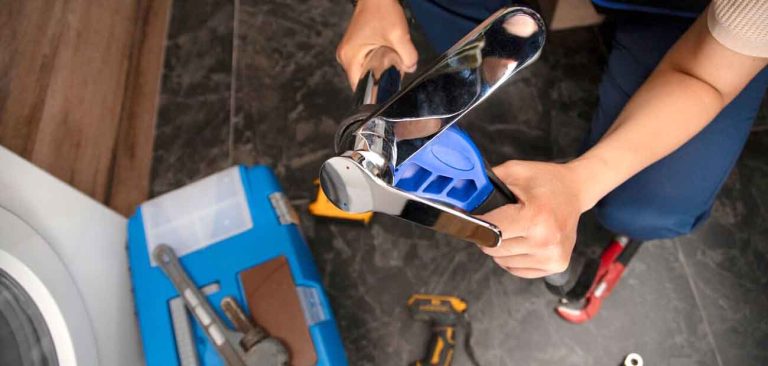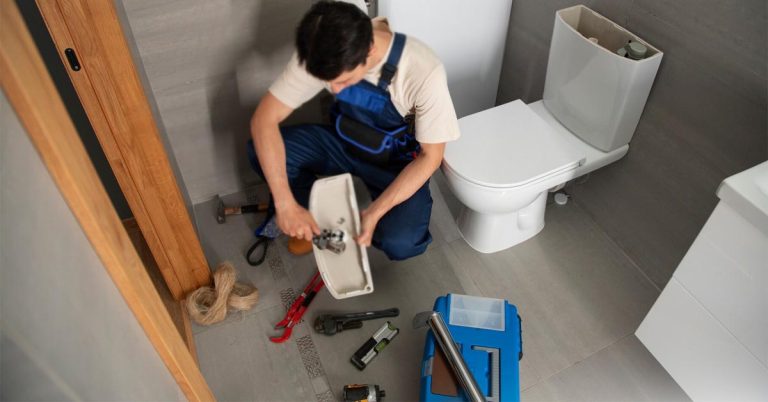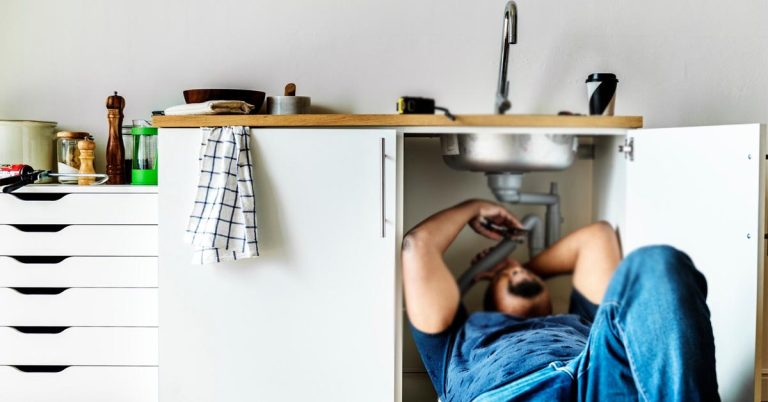5 Common Plumbing Problems and How to Fix Them Yourself
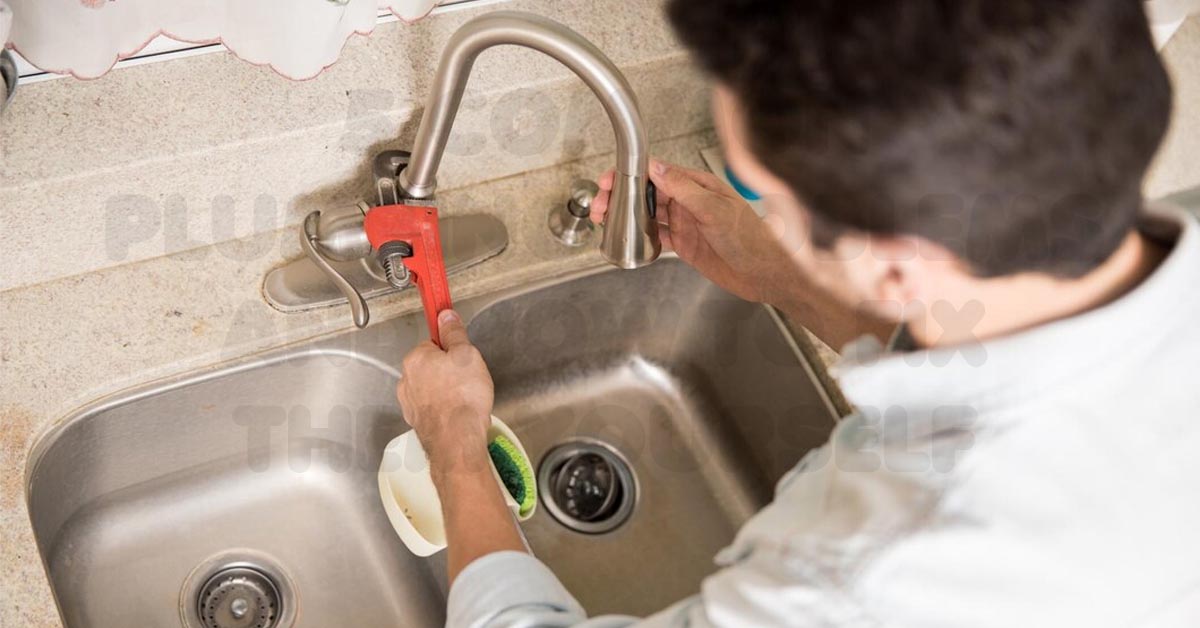
Plumbing issues can strike at any time, causing inconvenience and frustration. The good news? Not every plumbing problem requires a call to the plumber. Some common plumbing issues can be fixed easily with essential tools and a little DIY knowledge.
In this guide, we’ll explore five common plumbing problems and show you how to fix them, saving you time and money. These simple solutions will help you maintain a smoothly running plumbing system, from leaky faucets to clogged drains.
However, if the problem persists or becomes more complicated, NYC 24/7 Plumbing Pros is just a call away. Call us at (332) 233-7070 for fast and reliable plumbing services.
Table of Contents
1. Leaky Faucets
A leaky faucet is not only annoying—it can also waste gallons of water and increase your utility bills. Fortunately, fixing a leaky faucet is one of the most straightforward plumbing repairs.
Why Faucets Leak
Faucets leak due to worn-out washers, O-rings, or valve seats. These components create a watertight seal, but over time, they can wear out, corrode, or become loose, causing water to drip.
How to Fix a Leaky Faucet
- Turn Off the Water Supply: Shut off the water supply under the sink or at the main valve.
- Disassemble the Faucet:
- Use a screwdriver to remove the faucet handle.
- If it’s stuck, apply penetrating oil to loosen it.
- Inspect and Replace Worn Parts:
- Check the washer, O-ring, and valve seat for wear or damage.
- Replace any faulty parts with identical ones.
- Reassemble and Test:
- Reassemble the faucet and turn on the water supply.
- Test the faucet to ensure the leak is fixed.
Why It Works: Replacing worn-out washers and O-rings restores the watertight seal, stopping the drip.
Tools Needed: Screwdriver, adjustable wrench, replacement washers or O-rings.
Pro Tip: Take the old parts to the hardware store to ensure you get the correct replacements.
2. Clogged Drains
A clogged drain is a common household issue that can cause slow drainage and foul odors. The most common places where clogs occur are kitchen sinks, bathroom sinks, and showers.
Why Drains Get Clogged
- Kitchen Drains: Grease, food particles, and soap scum build up over time, blocking the drain.
- Bathroom Drains: Hair, soap residue, and toothpaste can accumulate, causing clogs.
- Shower Drains: Hair and soap scum combine to form stubborn clogs in shower drains.
How to Fix a Clogged Drain
- Use a Plunger:
- Place the plunger over the drain and create a tight seal.
- Push and pull vigorously for about 30 seconds.
- Lift the plunger to see if the water drains. Repeat if necessary.
- Baking Soda and Vinegar Method:
- Pour half a cup of baking soda down the drain, followed by a cup of white vinegar.
- Cover the drain and let it fizz for 15–20 minutes.
- Flush the drain with boiling water.
- Use a Drain Snake:
- Insert the drain snake into the drain and push until resistance is felt.
- Rotate the handle to latch onto the clog.
- Pull the snake out gently, bringing the clog with it.
Why It Works: These methods break down debris and remove blockages, restoring normal water flow.
Tools Needed: Plunger, baking soda, vinegar, drain snake.
Pro Tip: Avoid chemical drain cleaners, which can damage pipes and harm the environment.
3. Running Toilet
A running toilet can waste up to 200 gallons of water daily, increasing your water bill. The most common causes are a faulty flapper, a misadjusted float, or a leaky fill valve.
Why Toilets Run Continuously
- Faulty Flapper: The flapper may be worn or misaligned, causing water to leak into the bowl.
- Float Issues: If the float is too high, water will continue flowing into the overflow tube.
- Leaky Fill Valve: A damaged or malfunctioning fill valve allows water to flow continuously.
How to Fix a Running Toilet
- Adjust the Float:
- For ball floats, bend the metal arm downward to lower the water level.
- For cylinder floats, turn the adjustment screw to lower the water level.
- Replace the Flapper:
- Turn off the water supply and flush the toilet to empty the tank.
- Disconnect the chain and unhook the flapper from the overflow tube.
- Attach a new flapper and reconnect the chain, leaving some slack.
- Replace the Fill Valve:
- Turn off the water supply and drain the tank.
- Disconnect the water supply line and remove the old fill valve.
- Install the new fill valve, adjust the float, and reconnect the water supply.
Why It Works: Fixing these components restores proper water flow and stops the toilet from running.
Tools Needed: Pliers, screwdriver, replacement flapper, fill valve.
Pro Tip: If adjusting the float and replacing the flapper doesn’t work, the fill valve is likely the culprit.
4. Low Water Pressure
Low water pressure can frustrate simple tasks like showering and washing dishes. Clogged aerators, sediment buildup, or leaks in the plumbing system often cause it.
How to Fix Low Water Pressure
- Clean the Aerator:
- Unscrew the aerator from the faucet.
- Soak it in vinegar to dissolve mineral deposits.
- Scrub with a brush, rinse, and reinstall.
- Check for Leaks:
- Inspect visible pipes for leaks or water stains.
- Fix minor leaks with pipe tape or call a plumber for significant leaks.
- Check the Pressure Regulator:
- If the regulator is faulty, water pressure may be inconsistent.
- Consider replacing it if necessary.
Why It Works: Cleaning aerators and fixing leaks restore normal water pressure.
Tools Needed: Wrench, vinegar, brush, pipe tape.
Pro Tip: If low water pressure affects multiple fixtures, contact a plumber to check for pipe blockages.
5. Water Heater Issues
No hot water? It’s likely due to a faulty heating element, sediment buildup, or a malfunctioning thermostat.
How to Fix Water Heater Issues
- Check the Thermostat: Ensure the thermostat is set to the desired temperature (120°F is recommended).
- Flush the Tank: Drain the water heater to remove sediment buildup.
- Replace Heating Elements: If the water is still cold, the heating elements may need replacement.
Why It Works: Flushing the tank and replacing faulty parts restore the hot water supply.
Tools Needed: Hose, screwdriver, replacement heating elements.
Pro Tip: Turn off the power and water supply before working on the water heater.
These five common plumbing problems can be fixed easily with essential tools and a little DIY knowledge. However, if the issue persists or becomes more complicated, don’t hesitate to contact NYC 24/7 Plumbing Pros.
FAQs
Can I use chemical drain cleaners?
It’s better to avoid them as they can damage pipes and harm the environment.
How often should I check my plumbing system?
You should inspect your plumbing system twice a year.
When should I call a professional plumber?
If the problem persists after DIY attempts or involves complex issues like burst pipes or sewer line clogs.
Call us today at (332) 233-7070 or visit nycplumbingpros.com to schedule a service.
